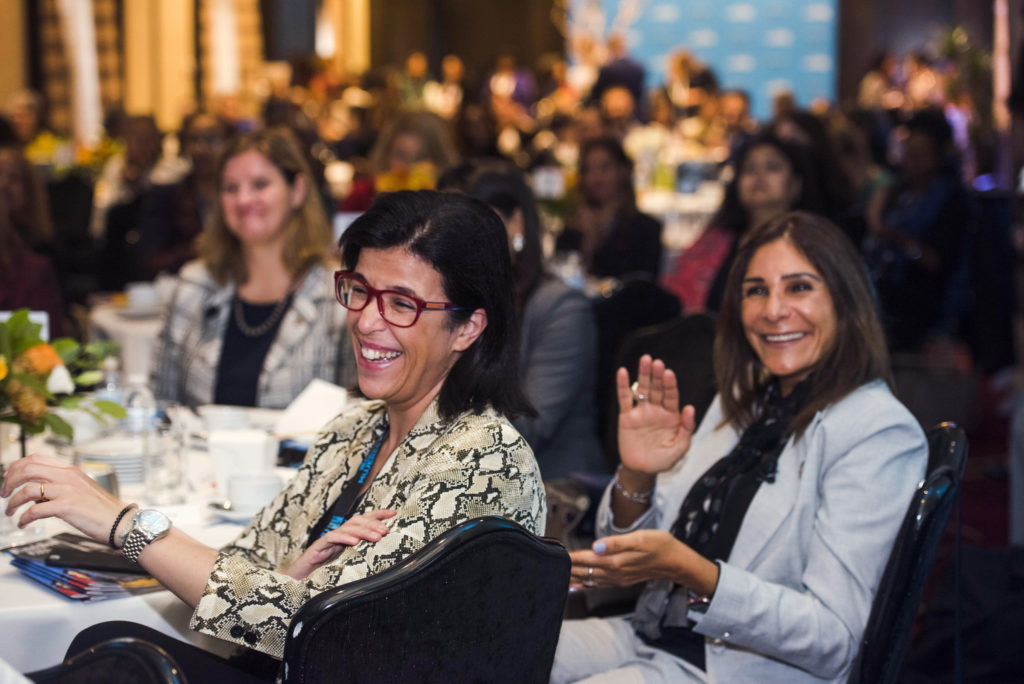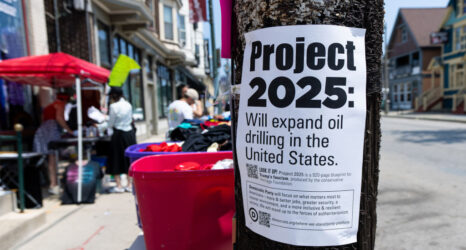New research shows that charitable giving decreased in 2018 by 3.4 percent—the first time it has decreased in four years and the most it has decreased by since the Great Recession. The Giving USA 2019 report, part of the longest-running series on national donations, also found that while giving by larger donors increased, total giving was down by 1.7 percent when adjusted for inflation.
But the most fascinating part of the report isn’t among the results—instead, it’s in the potential causes.

The U.S. is in the midst of a shake-up shaped by what one researcher called “unusual circumstances”—and these factors all coalesce around intersectional diversity. Women and people of color, for example, are beginning to penetrate into industries and leadership positions that were previously white- and male-dominated. That will inevitably change the future of the economy—and the future of giving.
“One point to make is that in America, women didn’t just arrive on the scene—they’ve always been on the scene,” Dr. Una Osili, a lead researcher on the report, told Ms. “But I think the difference is that we’re seeing women play our leadership roles, [and] then also more diversity in terms of women playing a bigger role in the economy, and more ethnic and racial diversity.”
While society contends with the increased high-profile presence of women and people of color, Osili explained, the economy might suffer some growing pains. The IUPUI professor of Economics and Philanthropic Studies believes that the general public’s uncertainty of how this new leading population will affect the economy is what made the economy unstable in 2018’s last quarter, when people tend to make the majority of their donations in order to make the tax deduction threshold.
Growing income disparities in the U.S.—which can disproportionately affect lower-income, working mothers—are also shaping the study’s findings.
“Those [low- and middle-income] individuals and families are feeling squeezed,” Laura MacDonald, the Principal and Founder of the Benefactor Group, which consults nonprofits on fundraising strategies, told Ms. “I think women in particular find themselves more often sandwiched between caring for kids and caring for aging parents or siblings, and so there’s not a whole lot of discretionary funds that could fuel philanthropic giving.”
But despite the economic fluctuations of the past year and the pressure lower-income families are under, women continue to be a major force in charity.
“As we’ve seen here in our community, women…between compensation and tip, really are scraping their resources together,” MacDonald asserted, “and yet, they are choosing to participate in philanthropic collaboratives [for women’s funds].”
Women tend to give more and more frequently than men. The recent increase of female presence in the economy may mean that their donation amounts could level out or even increase, and that non-profits focused on women’s rights, especially typically underfunded ones that deal with women in humanitarian crises around the world, may see an uptick.
“People are inspired to give because of the things that are happening—larger social or political or environmental things that are in the news,” Macdonald explained. “What I can say is that many of the organizations that we serve have found that the current political climate has mobilized women of conscience to step up and participate in ways they might not have in the past.”
If that’s the case, women worldwide could stand to benefit.





